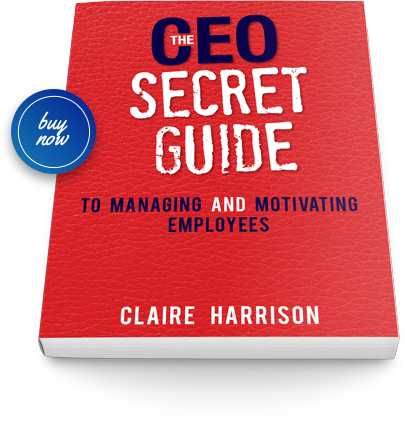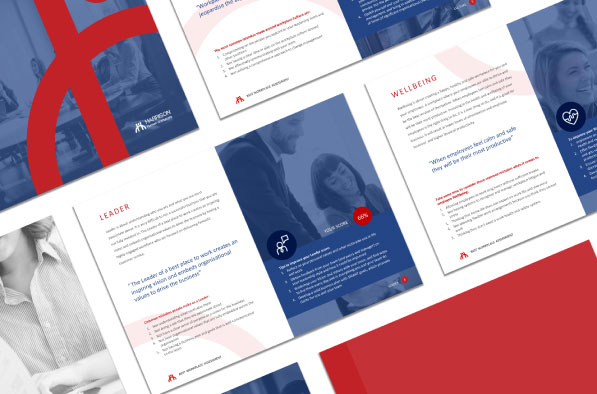Unfortunately, managing poor performance and misconduct is a common occurrence for many business owners.
Importantly, before deciding on the most appropriate course of action to take when performance or conduct becomes an issue, it is critical to use a thorough disciplinary process so that you reduce any legal risk to the business and ensure fairness for the employee and any other involved people.
Below are the seven key steps of conducting a disciplinary process:
1. INVESTIGATE
When an employee is performing below expectations, gathering objective evidence that explains your concerns (namely, that the employee’s performance is below acceptable levels and therefore must improve) is relatively straightforward. If, for instance, a salesperson is underperforming, you’ll need to prove that targets were set, that they were communicated to the employee, and that performance has fallen short of the mark.
For behavioural issues, say an employee who is regularly late for meetings, you’ll need to gather the dates and times of the meetings they were late for and perhaps note witnesses. When it is an attitude issue or a subtler behavioural issue, gathering evidence can be less straightforward. The more objectively you can frame evidence of this kind, the better. Remember that emotional and personalised critiques tend to produce emotional responses. You need to focus on the behaviour and not the person. In these cases, it is especially important to have a well-drafted and communicated code of conduct to reference.
The information you gather will help turn your performance concerns into concrete allegations that the employee will be asked to address during the meeting.
2. NOTICE
Notify the employee that there will be a meeting, during which their performance and/or conduct will be discussed. It is also wise for you to inform them that you will have a witness present.
Under current laws in Australia, you must not unreasonably refuse the employee’s request for a support person to attend a disciplinary meeting. In a serious case, notify the employee of the meeting in writing.
Documenting each step of the process dramatically mitigates risk.
3. ALLEGATIONS
At the meeting you should explain your allegations of poor performance and/or conduct including the supporting evidence you have gathered. To be fair to the employee and to help them learn and grow from the experience, make your allegation as specific as possible. The STAR approach is as helpful here as it is in recruitment interviews or performance feedback sessions:
- The Situation or Task
- The Actions they took (the bulk of the example)
- The Result or outcome of the situation and their actions
Here’s an example of this kind of approach to a serious performance issue:
- Situation or Task: You are due to provide me with a monthly company financial report for the board meeting by the fifth working day of each month.
- Action: For the past three months, you have not met this deadline. Each of the last three reports has been between two and five days late. These reports have been sloppily prepared, containing significant errors, including overstating our income by $1 million this month. You have also underreported salaries and wages costs: last month you were off by more than $200,000. For each of the last three months, you have notified me that the report would be late, and each time I informed you that this lateness was unacceptable. Your promises to prioritise this important task and put a process in place to ensure that the reports are error free have not resulted in any changes in your behaviour. For the past two months we have had to use the previous month’s financial report because you had not yet provided the monthly financial report in time for the board report.
- Result: The result is that the leadership team and the board have been forced to use financial reports that are more than a month old. This means that they are making important decisions for the company based on out-of-date or incorrect financial data. This represents an intolerable level of risk for the business.
4. RESPONSE
After you have provided details of the allegation, you must allow the employee an opportunity to present their side of the story. No matter how convinced you are, it is important that you listen to and document the employee’s response. If there are multiple allegations, go through them one at a time, explaining the allegation and allowing the employee to respond to each of them in turn. Ensure you document their responses.
5. CONSIDER
You must genuinely consider the employee’s response to each allegation before deciding on a course of action. You should also consider any other relevant information you have gathered in the process, including policies, witnesses, procedures, position descriptions, legislation, and employment contracts. It’s at this point that you might want to talk to your HR consultant or solicitor about your available options.
6. OUTCOME
Notify the employee of the outcome of the disciplinary process. This should also be documented and copied to the employee’s file. The outcome will probably fit into one of the following:
- No action (allegation unfounded or unproven)
- Counselling session
- Further training
- Performance improvement plan
- Written warning
- Demotion
- Dismissal
7. MONITOR
Discipline can quickly become toothless or ineffective if you don’t follow up disciplinary action with monitoring. Schedule a follow-up meeting approximately one month after the disciplinary meeting (timeframes will change depending on the specifics of the situation). Monitor the employee’s progress between the two meetings and, during the follow-up meeting, discuss and assess their performance and conduct against expectations.
For many business owners, there will always be a need to manage poor performance; however, best employer companies do this dramatically less because they create a great workplace that sets expectations, they inspire their people, provide ongoing feedback, and they foster a culture of high performance and employee engagement.
NEED FURTHER ADVICE? TALK TO HARRISON HUMAN RESOURCES
With our HR Consulting service, we can provide practical advice and guidance on how to properly manage poor performance and misconduct in your workplace.
Simply click here to request an obligation-free 15 minute phone consult to get some initial advice on your HR needs.
Claire Harrison is the Founder and Managing Director of Harrisons, a flourishing HR consulting business that sprouted in 2009 from Claire’s passionate belief that inspiring leaders and superstar employees are the key success factor to any business. With over 20 years’ experience, Claire has worked as a HR Director of multi-national organisations, as a Non-Executive Board Director, and a small business owner. Claire’s corporate career includes working with companies such as BHP, Westpac, Fonterra and Mayne Nickless.






